Bid to get Barnet Council to introduce more 20 mph speed limits to improve road safety for pedestrians
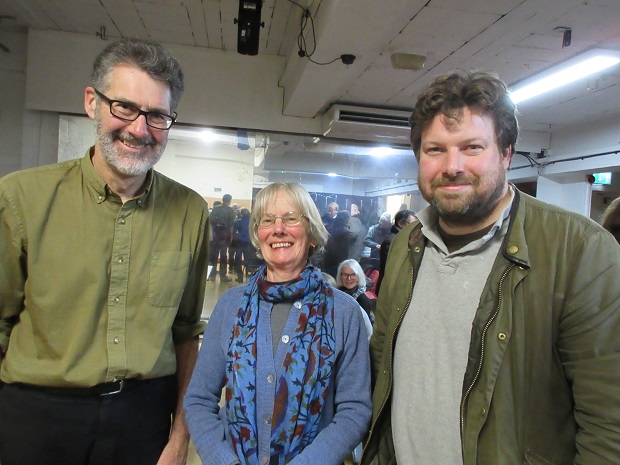
A one-woman road safety campaign to persuade Barnet Council to consider introducing 20 mph speed limits on all residential roads in the borough was going nowhere until the issue was raised at a Living Streets event organised by the Barnet Society.
Repeated letters and emails sent by Elizabeth Wardle of New Barnet to the leader of the council, ward councillors and the environment committee have all gone unanswered.
After complaining about the lack of a response, Ms Wardle was promised immediate support by Jeremy Leach, chair of London Living Streets (left above), and Councillor Simon Radford of East Barnet (right).
Mr Leach told a well-attended meeting at the Bull Theatre (22.11.2022) that Barnet – along with Bromley – had the lowest score of any London borough for streets with 20 mph limits although this was now the norm for all council-maintained roads in some inner boroughs.
He said that Barnet had a woeful record for making streets safer for pedestrians and more friendly for walking.
When it came to key indicators such as the proportion of journeys made by walking, cycling or public transport and measures to encourage more active walking among residents, Barnet was well towards the bottom.
At the latest count 19 of the 33 boroughs impose 20 mph limits, but only 5 per cent of roads in Barnet and Bromley have this restriction – figures which prompted Ms Wardle to tell the meeting of her so far futile efforts to persuade the council to take action.
Several roads in High Barnet do have 20 mph restrictions because of nearby schools – Alston Road (Foulds School), Mays Lane (Underhill School) and Queens Road (Queen Elizabeth’s School) – but residents living in roads leading off the High Street, such as Moxon Street, Park Road and Union Street said they also been lobbying for a speed restriction.
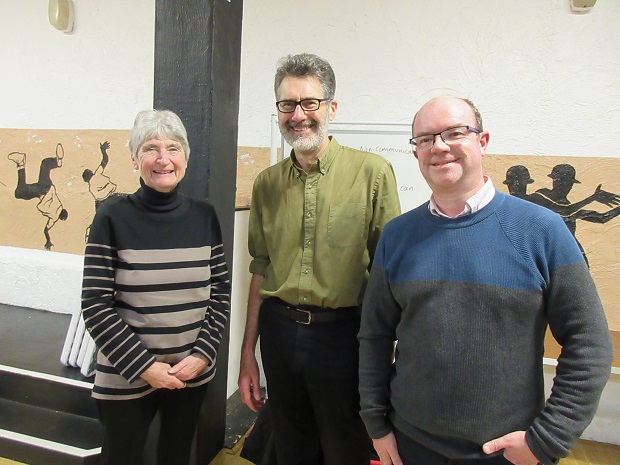
Frances Wilson, chair of the Barnet Society, welcomed Mr Leach and Stephen Edwards (far right), who is chief executive of Living Streets, a charity founded in 1929 to campaign for safer streets for pedestrians.
Mr Edwards, who lives in East Barnet, said Living Streets could look back on an impressive history: its campaigning work had led to the introduction of the first zebra crossing, the first urban speed limit of 30 mph and the introduction of the Highway Code.
Living Streets’ mission was to improve everyday walking – not just leisure walking – and there were many shorter journeys which people could make instead of using their cars.
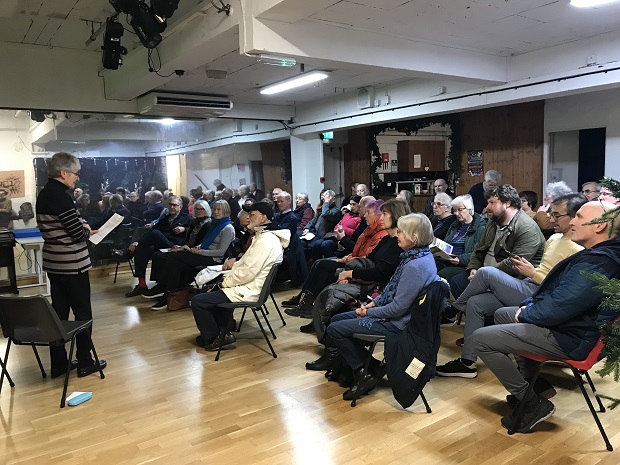
Before the meeting he and Mr Leach had gone for a walk in the roads around The Bull Theatre and were not impressed with what they found: some roads serving the community had pavements which just came to a stop and ended up in muddy paths.
Barnet Council was failing to meet many of the targets set by the Mayor of London.
On the healthy streets score card for London, Barnet was well down the list: 53 per cent of journeys are currently made by walking, cycling and public transport and the borough’s target is to reach 72 per cent by 2041.
Again, on the highly active score card, Barnet was well down in its rating for encouraging residents to walk at least five times a week.
Yet another safeguard where Barnet lagged was in designating school streets – streets where traffic was banned when children were arriving and leaving. Barnet had declared only eight such streets, way below the average for London, and far fewer than in boroughs such as Hackney, Islington, and Waltham Forest which were leading the way in making it safer for school children.
Much of the problem was due to the failure of councils to enforce restrictions that were in place.
Parking cars on pavements had been banned in the London boroughs since 1974 – except in those streets where this was designated.
Except where there were authorised trials of E-scooter rentals, electric scooters were banned on roads, pavements, and parks, but again councils were failing to enforce the legislation.
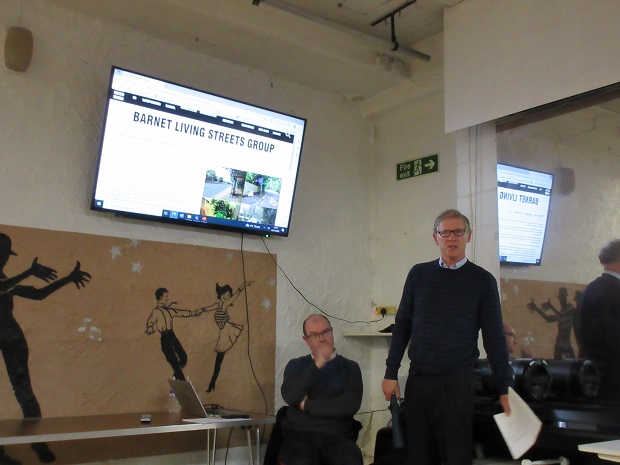
David Lord of the Barnet Living Streets group told the meeting one of their priorities was to encourage Barnet Council to do more to maintain and clear footpaths.
He said the lack of a continuous footpath on one side of Hendon Wood Lane was a typical example of the council’s lack of thought.
Mr Edwards urged residents to lobby their councillors as there was much to be done across the borough.
Barnet needed to install more drop pavements for wheelchairs and to salt pavements as well as roads during the winter – areas where Barnet was performing well below the London average.
There was agreement that immediate action was needed to remove the staggered pedestrian crossing outside the police station in Barnet High Street.
Pedestrians wait in the middle of the road before crossing each section – exposing themselves to road fumes from traffic on the two lanes either side.
Mr Leach said such staggered crossings were appalling and Living Streets was campaigning to have them all removed – another challenge for Barnet Council.
3 thoughts on “Bid to get Barnet Council to introduce more 20 mph speed limits to improve road safety for pedestrians”
Comments are closed.

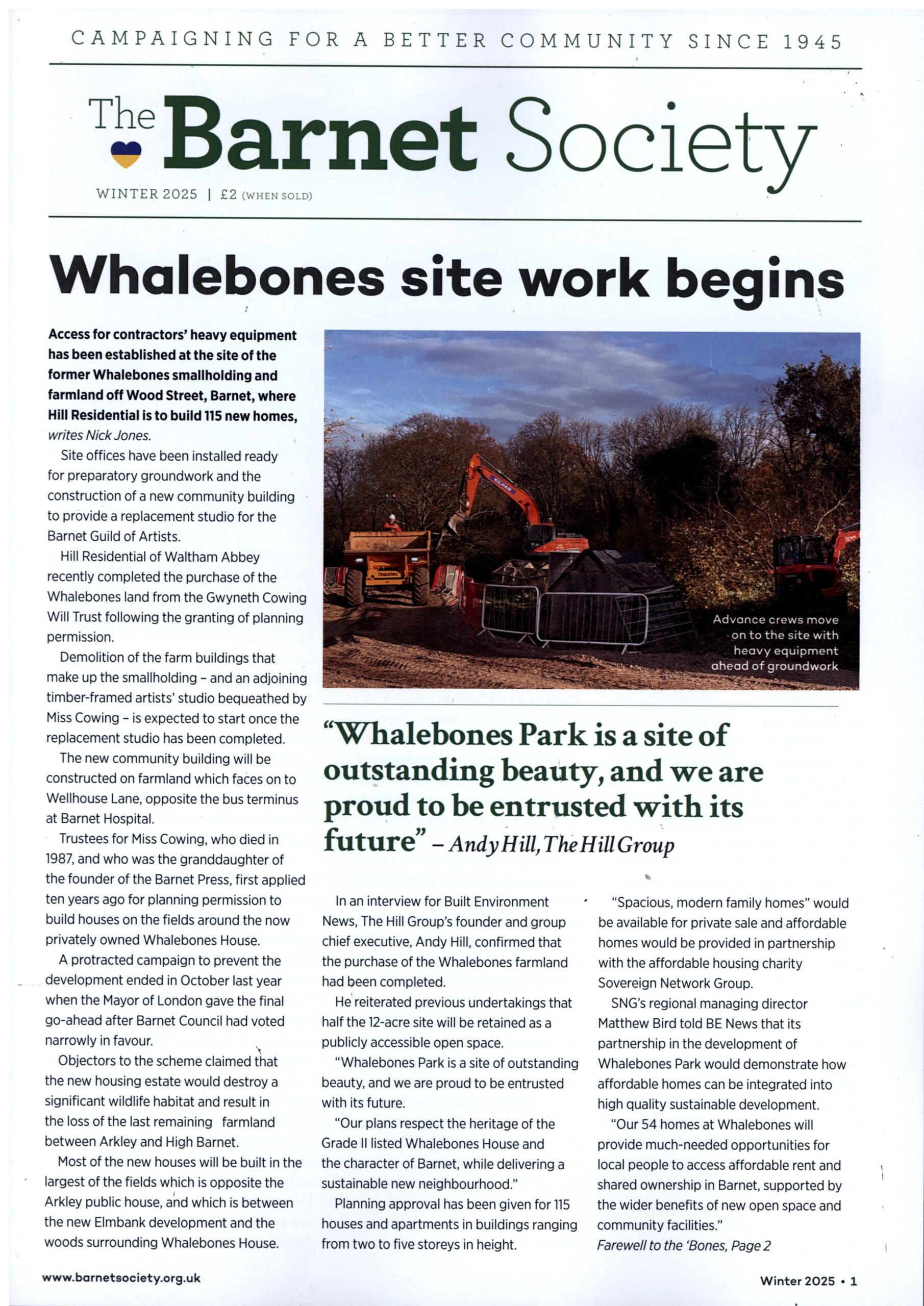
As a car driver I do not disagree with 20mph speed limits and would happily obey them if everyone else did. I have followed emergency vehicles down Mays Lane doing 30mph when they were obviously not responding to an emergency call.
Speed cameras do not work. Once drivers know where they are they just slow down at that point and speed up again once passed.
Speed bumps are annoying and can damage a cars wheel alignment, but they are effective in slowing down traffic.
On the subject of e-scooters, I watched a police car drive past a young man on an e-scooter driving on the road close to Colindale police station and the officers did nothing just drove on past him.
This is laudable but they should start by properly enforcing the existing 20mph zones.
The stretch of road on Mays Lane near Underhill primary school for example is a 20mph zone but drivers frequently race through there at ridiculous speeds completely ignoring any signage. The pavement at certain points is also narrow and walking along that with a small child or buggy is literally scary at times.
In short please deploy speed cameras or at least bumps to genuinely reduce this dangerous and antisocial behaviour and make the area more pleasant for pedestrians and residents in general.